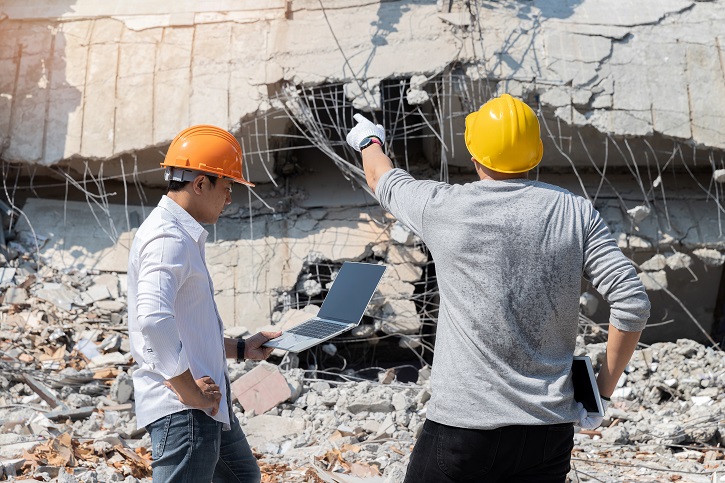These sensors will sit dormant in the walls of the building until they are activated by movement. The sensors themselves will actually be charged by the movements, meaning they can work indefinitely without the use of batteries or a power supply. This allows these sensors to be very attractive in a specific environment where there is no power source, parts durability or security aspects (safe from being hacked) is of concern

Every year, over 15,000 earthquakes are recorded in New Zealand, with 100-150 strong enough to be felt. While most rumbles are harmless, some of these shakes will be big enough to cause damage to our infrastructure when they happen close enough to our major cities and towns. After the Christchurch earthquake in 2011, the cost to rebuild has been estimated at $40 billion dollars. When buildings and other structures break apart, earthquakes become dangerous to people, so monitoring and maintaining our buildings is crucial, not only for our economy but also the safety of our citizens.
Recognising the opportunity to support this need with technology, Dr Winston Seah, Professor of Network Engineering from the Victoria University of Wellington School of Engineering and Computer Science, has started development on a solution to monitor how large structures are impacted by earthquakes. These wireless sensors can be placed inside the walls of buildings, or other structures, to monitor stress and vibrations that occur both during shakes or daily movements. This data can then be used by civil engineers to gain more information about the status of current buildings to plan where development is needed to prepare for a major quake.
As an academic, Dr Seah relies on Wellington UniVentures’ expertise in commercialisation to assist him in business matters outside of research. Wellington UniVentures will continue helping Dr Seah in making connections with industry partners.
Features and benefits
Self-powered
Ongoing data
The sensors will not only monitor how a building reacts during an earthquake, both large and small but also the day to day stresses that the building goes under, both of which are valuable information to civil engineers.
Life-saving potential
In the future, these sensors could help not only to protect our buildings and reduce the extraordinary cost of rebuilding but also save lives through providing first responders a tool with which they can rapidly assess buildings they need to address first.
Next steps
With the research behind this technology in place, we are now looking for the right partners to drive this project forward and get this technology into all major buildings around New Zealand and the world so we can increase our understanding of how buildings react under stress, particularly earthquakes.
We are now seeking industry partners to help commercialise this technology. Get in touch for more information on this project.
